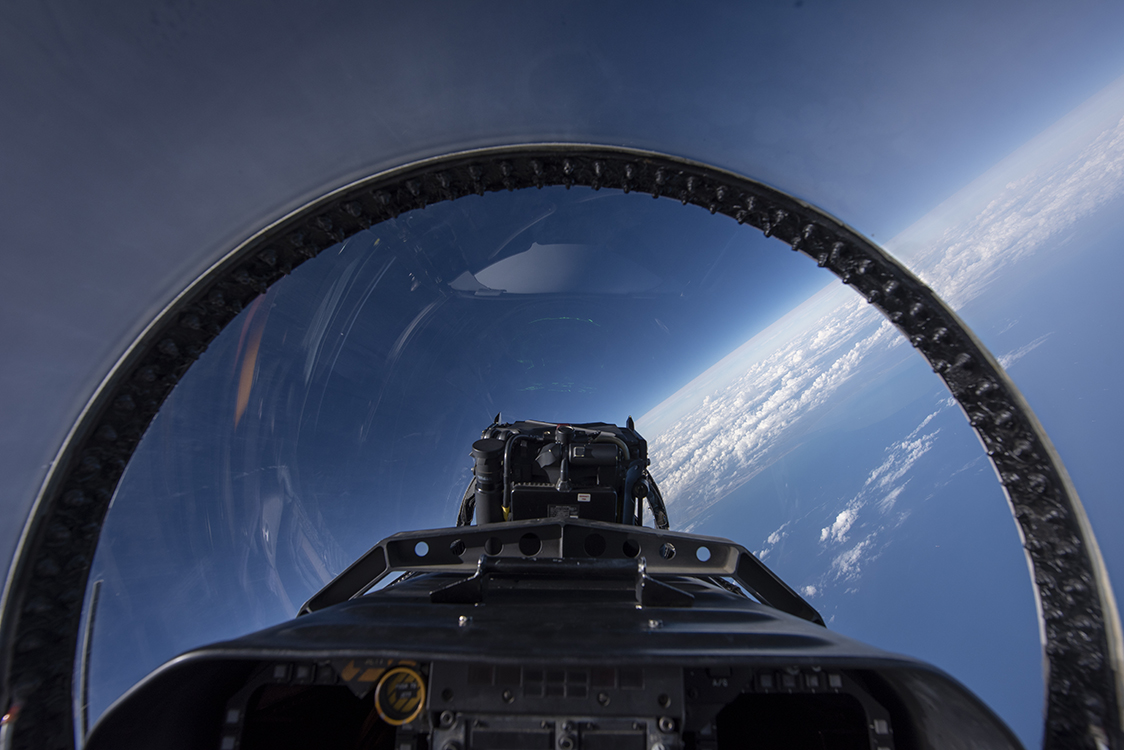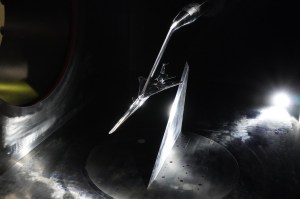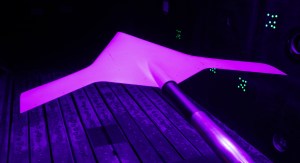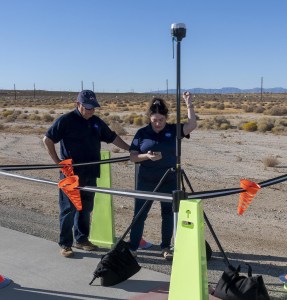NASA’s Aeronautics Innovation Challenges are your entry points to the exciting, fast-moving aviation world of today. And they’re valuable ways for us to get inputs and ideas that may never have occurred to us. Thank you for joining our journey!
Open Challenge
NASA Airport Throughput Prediction Challenge
Improving Runway Use Predictions
This competition engages the university community to develop a machine learning model that provides a short-term forecast of estimated airport runway throughput using simulated real-time information.
Learn More About the Airport Challenge about NASA Airport Throughput Prediction Challenge
Open Challenge
NASA's Gateways to Blue Skies (2025)
Innovating Aviation Solutions for Agriculture
This year it’s all about AgAir. The 2025 Blue Skies Competition asks collegiate student teams to conceptualize aviation-related systems that can be applied to agriculture by 2035 or sooner, with the goal of improving agriculture production, efficiency, environmental impact, and extreme weather/climate resilience. Check out the Gateways to Blue Skies website for more information.
Learn More about Gateways to Blue Skies about NASA's Gateways to Blue Skies (2025)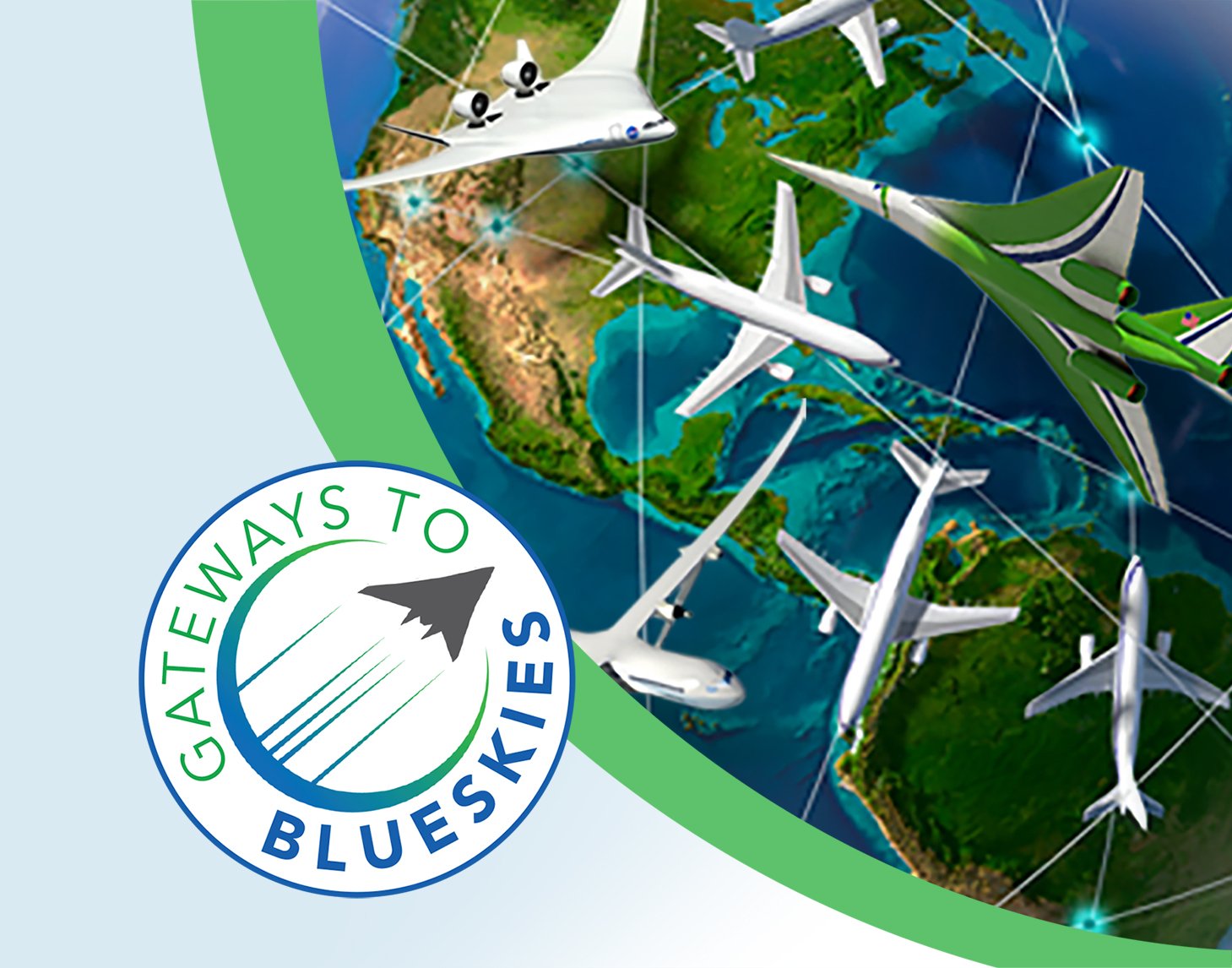
Closed Challenges
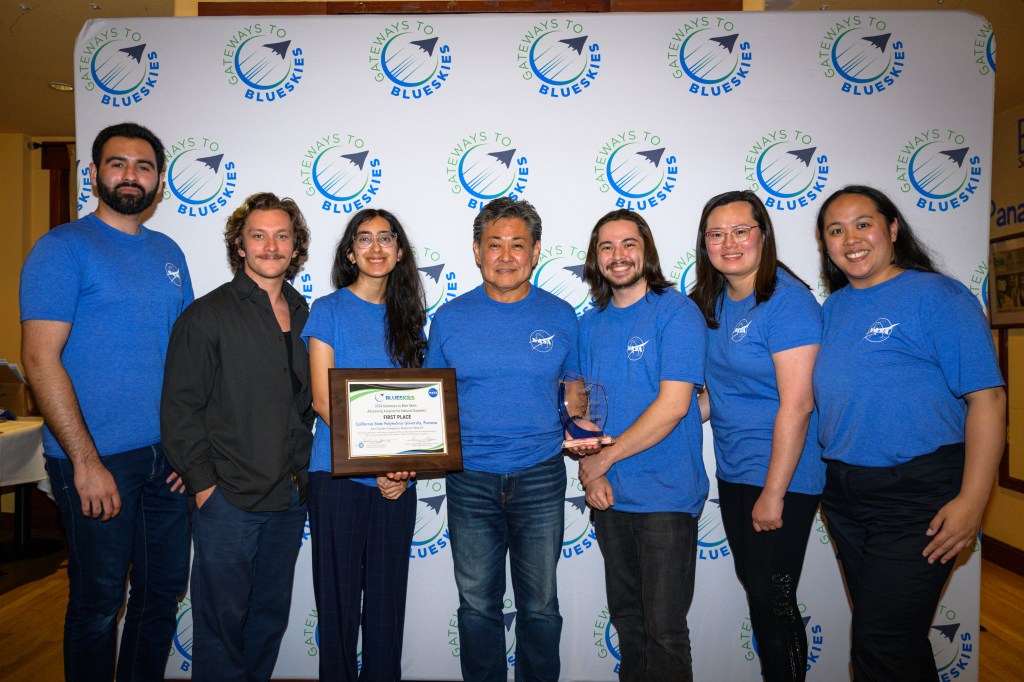
NASA's Gateways to Blue Skies (2024)
As climate change increasingly influences the frequency and severity of natural disasters on a global scale, opportunities to contribute at the intersection of technological advancement, aviation, and natural disasters grow in both number and importance. The 2024 Gateways to Blue Skies Competition asked teams to conceptualize aviation-related system(s) that could be applied by 2035 to one phase of management of a chosen type of natural disaster.
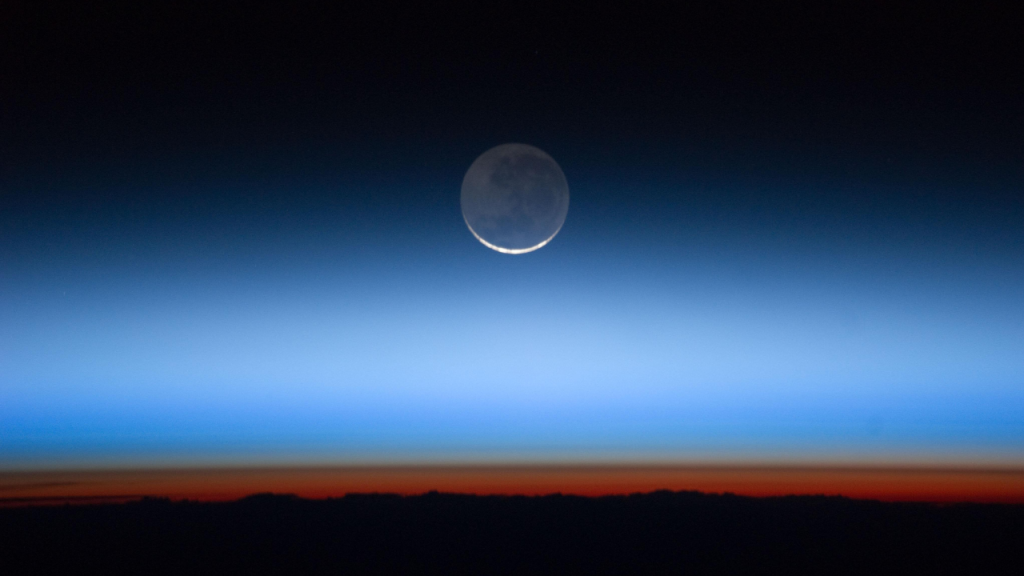
Brilliant Minds for Pure Blue Skies
Aviation is making strides to be for net-zero carbon emissions by 2050 with Sustainable Aviation Fuels. In this challenge, NASA asked students to go a step further and think of a novel idea to eliminate or mitigate all harmful emissions from air travel with more eco-friendly, sustainable solutions.

NASA Aeronautics Dream With Us Design Challenge
Students ages 13-18 were invited to come dream with NASA Aeronautics and help envision and market a more sustainable commercial aircraft. Teams of 2-4 participants built a marketing plan to help convince a team of NASA experts their design for a commercial aircraft should be chosen as the best sustainable design.
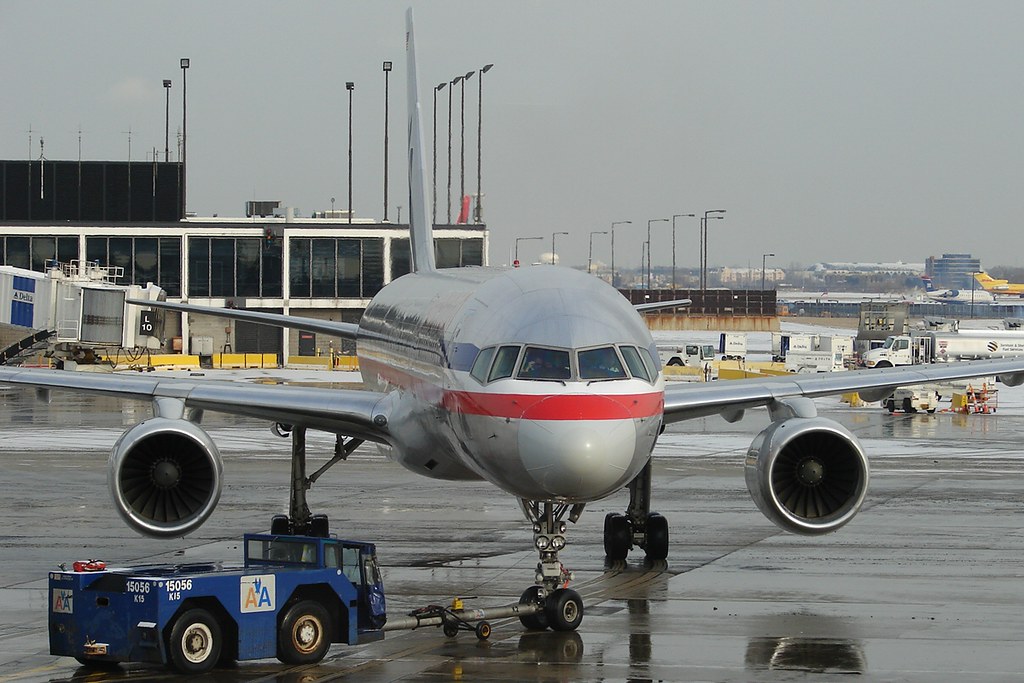
ATM-X Digital Information Platform University Challenge: Pushback to the Future
The Digital Information Platform (DIP) subproject launched its second University Challenge in collaboration with the NASA Tournament Lab and partner DrivenData. The DIP University Challenge invited university students and faculty to consider how better to predict pushback times at U.S. airports.

NASA Langley: NASA Aeronautics Design Challenge
The 2021-2022 challenge topic aimed to help the United States Fire Service with the problem of wildfires wherever they occur. College students in senior level engineering courses or those in graduate school proposed a technically feasible design for autonomous or piloted very short vertical takeoff and landing water tanker with specific firefighting capabilities.

NASA Glenn: University Design Challenge
In its seventh year of implementation, NASA Glenn invited teams of undergraduate students to engage with its scientists and engineers in the 2022-2023 offering of University Students Design Challenge, USDC–7. The challenge featured two space-themed projects both of which encouraged teams of participating students to creatively and innovatively solve specific problems to benefit NASA mission needs.

























